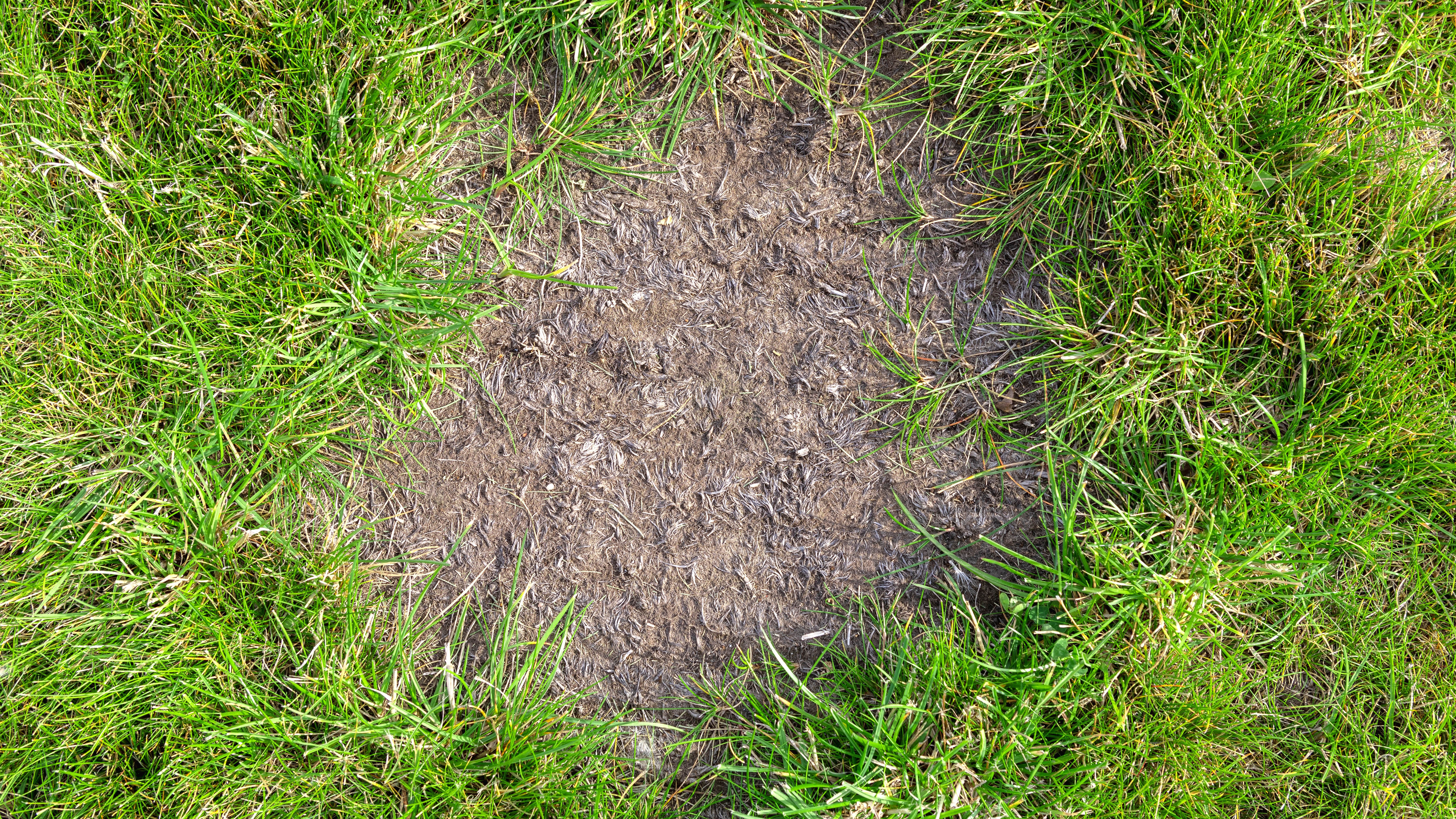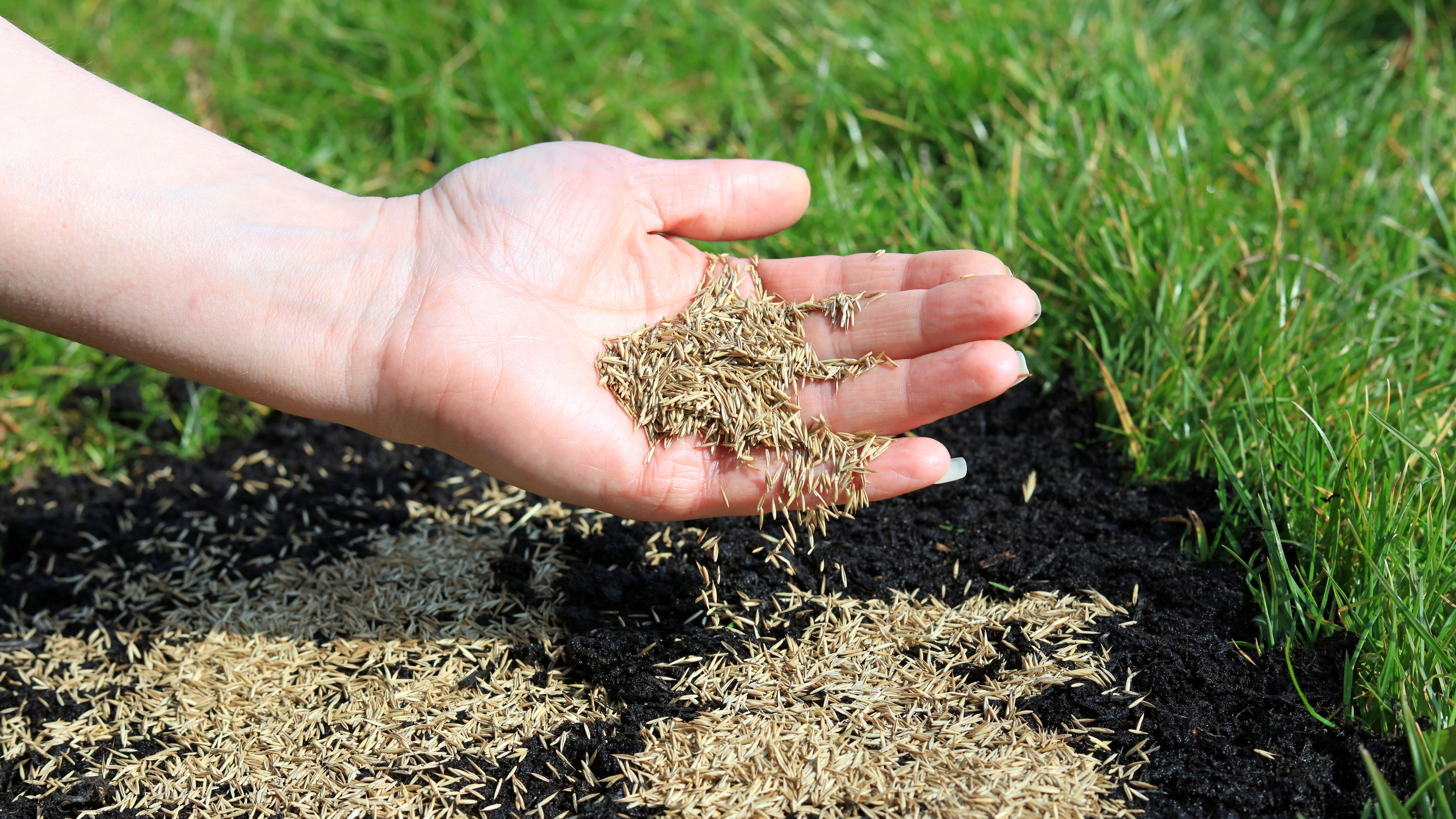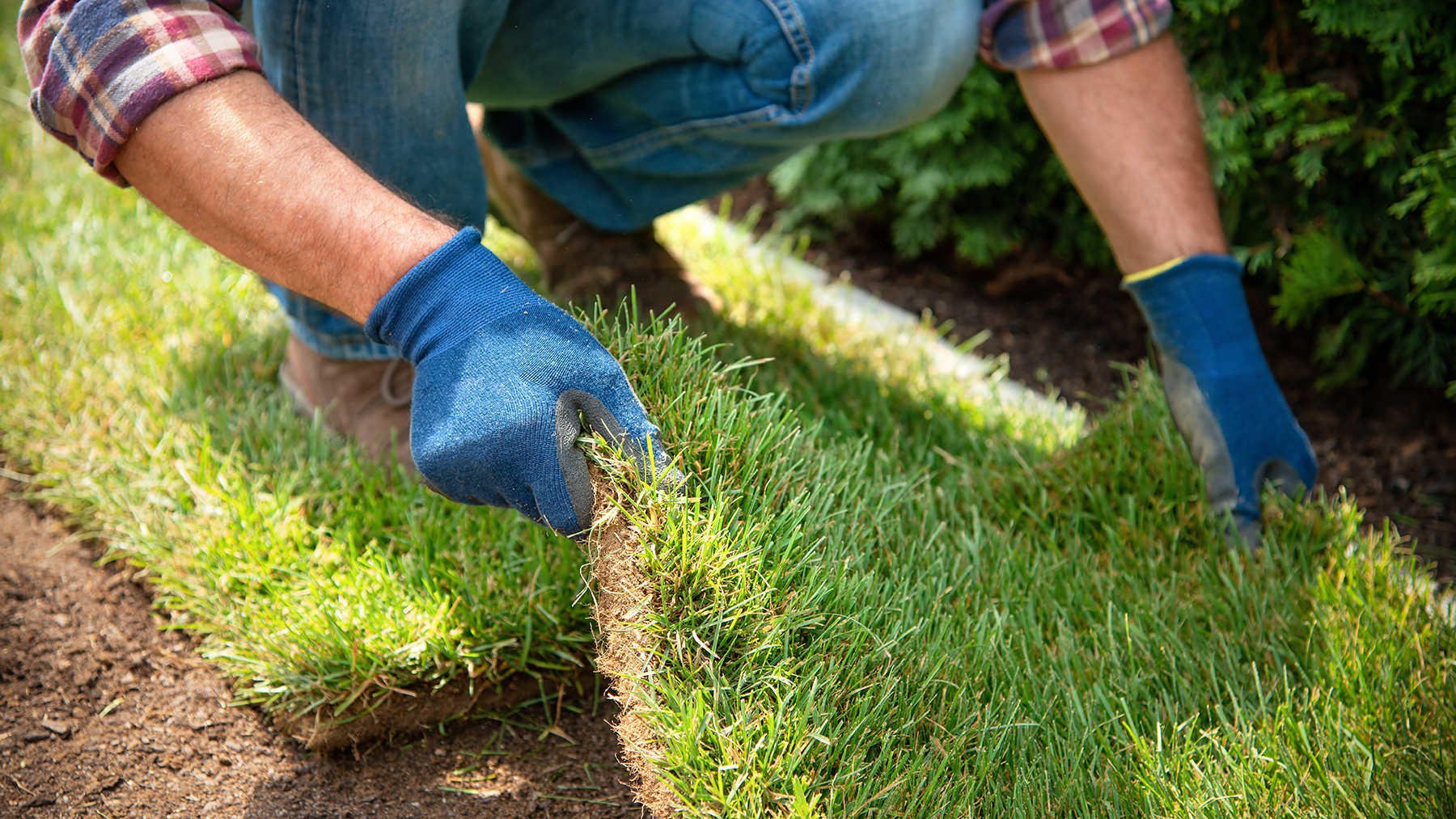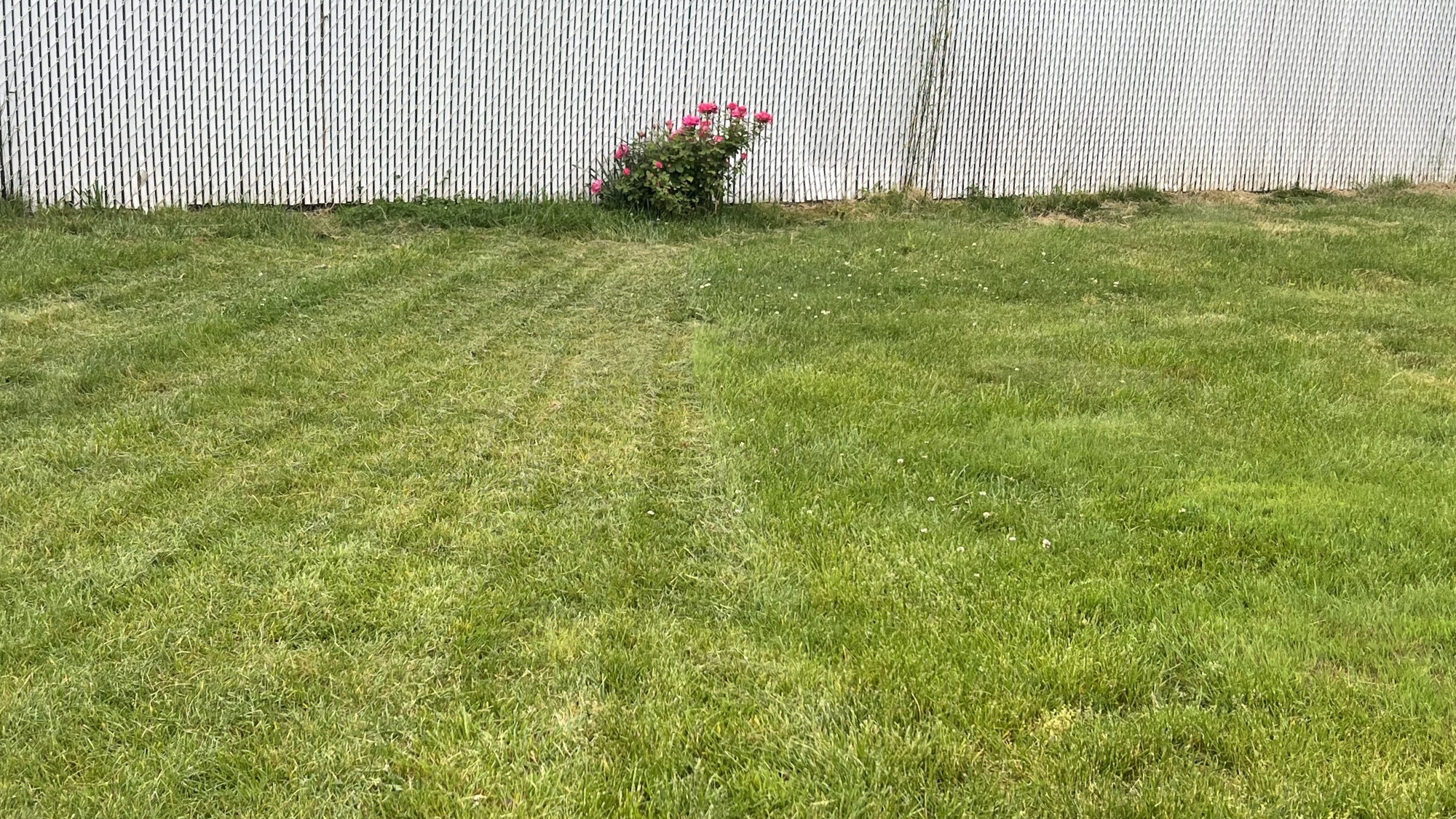5 easy tips to fix bare patches on your lawn this spring
Get your lawn looking lush again by fixing those bald patches

Spring has arrived, and with it comes Gardening Week — the perfect excuse to give your lawn some overdue TLC.
If you’ve spotted bare patches of grass that make your yard look tired or uneven, now’s the ideal time to fix them. These gaps may have been caused by pets, foot traffic, pests, or even extreme weather, but they don’t have to stick around.
Luckily, repairing a patchy lawn is easier than you might think. Whether you choose to reseed or lay fresh turf, spring’s mild temperatures and regular rainfall create the ideal conditions for new growth to take hold.
All it takes is a bit of prep, the right materials, and a few simple steps. Here’s how to give your grass the makeover it deserves.
When to repair your lawn — and why you should
Bare patches aren’t just a cosmetic issue, they create the perfect conditions for weeds and moss to take over, weakening the rest of your lawn over time.
Fixing these spots early prevents further damage and helps maintain a thick, healthy grass cover.
As for timing, spring is the best season for repair. During this time of year the soil is warming up and showers are frequent, which helps grass grow quickly.
Sign up to get the BEST of Tom's Guide direct to your inbox.
Get instant access to breaking news, the hottest reviews, great deals and helpful tips.
1. Pick the perfect time to fix

Spring is ideal for lawn repair and Gardening Week is a great reminder to get started.
Cooler temps and consistent moisture help grass root quickly. You can also patch in early autumn, but avoid peak summer when heat can dry out seedlings before they establish.
2. Prepare the bare spot

Use a flat-bladed spade or half-moon edging tool to remove the damaged turf. Then aim for a clean, square cut about 5cm deep. This makes blending the repair easier.
Break up the soil underneath with a fork to loosen it up, and mix in a bit of fresh topsoil or compost.
To create an even base, you can firm the surface down gently with your foot.
3. Choose between seed or surf

There are two ways to fix a patch — and both have pros and cons.
Grass seed is cheaper, widely available, and easy to spread. You’ll need to wait a few weeks to see results.
Turf, on the other hand, is instant and looks great straight away, but it’s more expensive and needs careful blending into the surrounding lawn.
For shady areas, go for a low-light seed mix and in high-traffic zones, choose a hard-wearing variety.
If you’re harvesting turf from elsewhere in your garden, be sure to patch that area too.
4. Sow the seed (or lay the turf)

If you’re using seed, scatter it evenly at the rate recommended on the packet. This tends to be around 15–25g per square metre.
Lightly rake it in or cover with a fine layer of compost, soil or sharp sand to protect it from birds. Then water it using a can that gives a soft, even sprinkle, not a harsh pour.
For faster results, you can pre-germinate your seed by mixing it with damp compost and storing it in a container for a few days until small roots appear — then simply plant as normal.
If using turf, cut it to size and press it firmly into place. Ensure the edges align with the surrounding grass, and gently tamp it down with your foot or a roller.
5. Keep it growing

Keep the area moist but not soggy while the new grass establishes, this is especially important in dry spring spells.
It's best to avoid walking on it for a few weeks and don’t mow until the grass reaches around 7–8cm in height.
If weeds pop up, remove them by hand until the grass is thick enough to outcompete them naturally.
With just a little effort and the right conditions, your lawn will be full and green again in no time — just in time to enjoy the sunshine.
Frequently asked questions
Should I use grass seed or turf to fix patches?
Grass seed is budget-friendly and easy to use but takes time to establish. Turf gives instant results, though it’s pricier and needs to blend in with your existing lawn. Choose based on your needs, budget, and how fast you want to see results.
How do I stop birds from eating grass seed?
After sowing, lightly rake in the seed and cover it with a thin layer of soil or compost. You can also use a garden fleece or fine netting temporarily to keep birds away while the seeds germinate.
What tools work best for pulling weeds by hand?
When working in turf, handheld tools like trowels or weed pullers are your best bet — larger tools like hoes can sometimes damage the surrounding grass.
Go for something sturdy, especially if you're tackling deep or well-rooted weeds that can put serious stress on flimsy gear.
And there we have it! You've now learned how to cover bare patches on your lawn. While you're here, why not take a look at some of our other helpful gardening guides?
For a beautiful garden, check out 7 colorful flowers to plant in April for a vibrant summer garden and 9 perennial flowers to plant in April for blooms year after year. And if you're wanting to banish weeds, we've got you covered.

Kaycee is an Editor at Tom’s Guide and has been writing for as long as she can remember. Her journey into the tech world began as Cazoo's Knowledge Content Specialist, igniting her enthusiasm for technology. When she’s not exploring the latest gadgets and innovations, Kaycee can be found immersed in her favorite video games, or penning her second poetry collection.
You must confirm your public display name before commenting
Please logout and then login again, you will then be prompted to enter your display name.
